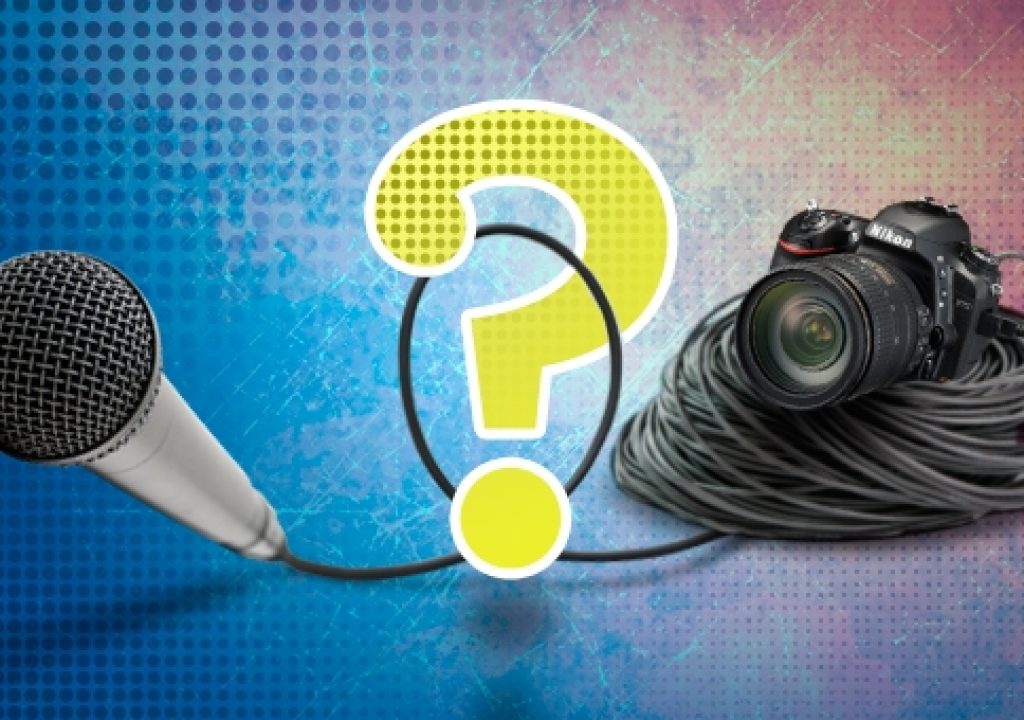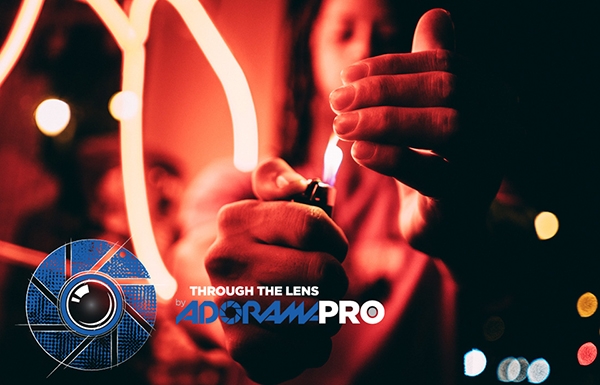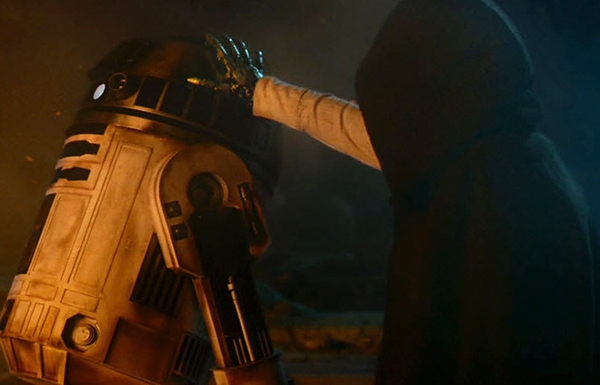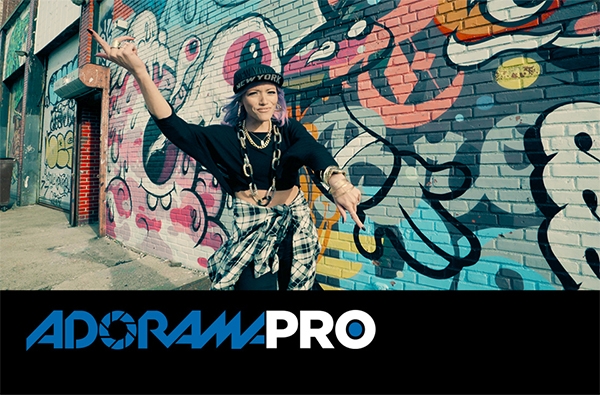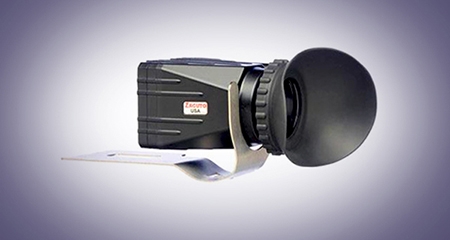Audio could be the most daunting aspect while transitioning from photography to video, especially when it comes to on-camera interviews. The selection of different microphone options alone might encourage agita among those uninitiated into the world of sound recording.

Audio could be the most daunting aspect while transitioning from photography to video, especially when it comes to on-camera interviews. The selection of different microphone options alone might encourage agita among those uninitiated into the world of sound recording. And I sympathize. When I started off as a freelance videographer, I had a tendency to leave that aspect to someone else. Eventually I realized I couldn’t always depend on the availability of their expertise so I made the plunge to educate as well as equip myself with the proper tools. It turns out that one does not have to be an absolute expert when it comes to recording audio. But there are a few things you should be aware of.
First, let’s go over the different gear one would use on a video shoot. And don’t worry, you may not need everything but I thought it would help to have an understanding of the differences between the different microphones and other possible essentials.
MICROPHONES
• Built in: the microphone that exists within your camera. Most likely this is not the best option, audio quality-wise.
• Shot gun: usually a long, cylindrical microphone that is either attached to a boom pole or on your camera. Unidirectional by design, the shotgun is supposed to pick up just what it is directly pointed at.
• Lavalier: the small microphone one would attach to the shirt of an interview subject. It picks up the portion of audio that exists directly above or near it.
• Handheld: the kind of microphone you see held by on camera reporters in the field, etc. You would use this for man on the street interview situations.

Microphones usually contain either one of two inputs. Most “phantom powered” mics are attached to recording devices via a XLR input – a three pronged connector. Most wireless mics connect via a TRS plug which is similar to the kind of plug attached at the end of your earphones. A TRS plug is either ¼ or 1/8” inch in size but most 1/8” connectors are supplied with a ¼” adapter. If you plan to record audio directly into your HDSLR, chances are you’ll have to use a mic with a TRS jack as few DSLRS have an XLR outlet. However, few DSLRs are capable of recording quality audio internally therefore you’ll want to look into acquiring a separate recording device.
 |
AUDIO RECORDERS
Although there are various recorders on the market, the most popular tend to be the Zoom H4n and H6 devices. More or less they act like a recording studio in your hand. You have the option to add up to four mics (and in the case of the H6, six) which comes in handy if you require more than one lavalier when shooting a minimum of two people. They are also light, compact and easy to pack away with your camera equipment. They contain both XLR and TRS inputs for various types of microphones.
 |
The Zoom H4n and Zoom H6 audio recorders.
Since this isn’t an article on post production (more on that in a later piece), let’s assume you’ve been hired to shoot footage with an audio soundtrack without having to edit it all together. And assuming that you are recording audio into an H4n or H6, you have to keep in mind that someone on the post end will have to sync up that soundtrack to the footage you supplied. Although most post production services have access to applications that will automatically sync everything together digitally, it’s best to err on the side of caution. This is where the iconic clapboard slate comes into play. You’ve seen this before: a flat, solid board with a hinged top marked up with the date of the shoot, the scene, whether it’s a close up, medium or wide shot, and the take number. You can buy this at pretty much any camera supply store or you can download a digital version for your phone or iPad which pretty much serves the same purpose. Or… if you’re really on a tight budget, you can simply stand in front of the camera, announce the date, type of shot and scene number then clap your hands in front of the lens. In any case, this allows the video editor to match up the visual of the clapper being smacked together to the audio of that “clap.” Hence, that’s how you sync the visual to the audio.
 |
It is possible to avoid that step altogether and simply record the audio directly into your camera. This way no post syncing is necessary. Unfortunately most HDSLR cameras were not developed to be professional video cams. Ergo, you will be dealing with strict limitations when it comes to adjusting the recording volume of your subject even if you decide to plug a shot gun or lavalier directly into your camera to circumvent the use of the built in mic. This is why in most cases you’re better off taking that extra step by using a separate audio recorder.
RECORDING MEDIA
Provided that you are recording audio directly into the camera, you will not need any additional SD cards other than that with which you are recording your footage on. If you plan to use an audio recording device, all you will need is an additional SD card. And the good news is audio files do not take up a lot of space. I have recorded over three hours worth of stereo tracks. Heck, I’ve recorded up to three hours per three to four separate tracks featuring different voices. And I’ve never run out of space with a single 8GB card. There is a caveat to this, however. Depending on whether you decide to record with an MP3 or WAV format, your file size can increase considerably. For better quality you should always select an AIFF or WAV option (some recorders do not have the AIFF option). Yes, this will cut down your recording time to less than that of an MP3 but not by much. And it’s worth it.
HEADPHONES & ADJUSTING LEVELS
Headphones: always use them. It’s impossible to adjust your audio without cancelling out that which surrounds you. Also, all recording devices have the ability to track an audio level. Before you start rolling your camera, test your microphone set up by simply having your subject speak. There is always a meter attached. Look at it. When the levels hit between the -12 and -24 mark you should be good to go. This should enable the best signal-to-noise ratio. Anything above -12 could resort in distortion which is hard to fix in post.
So how are we doing so far? It’s a lot to take in, yes? There is a lot of trial and error when it comes to audio recording. And how you adjust your levels, select the proper file format, etc., depends on the device you decide to use. There are plenty of great, free online tutorials showing you how to get the best bang for your effort in the most streamlined of ways. It’s just a matter of acquiring the basic equipment and having a latent idea of how to keep your recording at a manageable level. And microphone technology is pretty simple to use nowadays. With some it is just a matter of flipping the “on” switch (although wireless microphones are ostensibly more complicated, they’re really not by that much. Just make sure your microphone and the wireless pack are set to the same channel and adjust the levels accordingly).
If you have any questions just visit Adorama at 42 West 18 Street in NYC. We have some very knowledgeable people on staff who can advise on pro audio equipment depending on your need. Or respond to the comments below as I will do my best to answer any questions, assuage any fears or offer any advice should you want such a thing. In my next installment I plan to cover the tricky ground with regard to image and frame rates (how one affects the other and vice versa). Believe it or not that should be the fun part as I hope it will encourage you to grab your DSLR and experiment while shooting some footage.

Filmtools
Filmmakers go-to destination for pre-production, production & post production equipment!
Shop Now